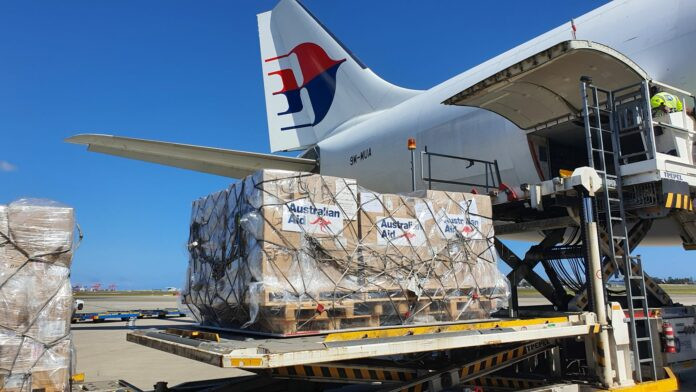

Today’s General Sales and Services Agent (GSSA) landscape differs significantly from what it was 20 years ago. While relationships remain pivotal, technology is playing a crucial role in allowing companies to compete.
Despite being a small to medium-sized multinational company, M&C Aviation has leveraged the opportunities available within the market today to secure a foothold in about 50 offices in approximately 27 countries, with a goal of 50 nations.
In this pursuit, the GSSA has implemented a comprehensive operating system to streamline and enhance operations, aligning with the contemporary demands of the industry.
“We definitely need technology as one of our drivers,” Charles Wijesundera, M&C Aviation’s Group CEO, stated. “We are seeing the value of digitalisation, continuously innovating. If you don’t get on board, you lose out. This is the future.”
With this approach central to its growth, M&C Aviation has integrated cutting-edge technology into its internal systems, establishing seamless connectivity with nearly all carriers. This technological integration spans various aspects, from booking and financial operations to customer service. The GSSA has also incorporated a mobile application for tracking purposes, reaching an advanced level of operational efficiency.
“To have a system that is up to date will make the whole process seamless, saving time and ensuring the most efficient operations possible,” Wijesundera stated.
READ: AIA Cargo has won two GSSA contracts
Regional growth
Having established its roots in Sri Lanka nearly 30 years ago, M&C Aviation has grown its operations, moving its headquarters to Singapore, an emerging international hub, in 2009.
With this base in the APAC region, M&C continued to make inroads, covering major cities in Australia and New Zealand with a network of about nine online carriers and several offline areas.
“Australia and New Zealand present a unique market due to the geographical isolation of the Australian continent. To establish a presence in this region, being a long-haul or major operator is crucial, as low-cost carriers (LCC) are now entering into this market despite challenges in effectively operating into this vast and distant market,” Wijesundera continued.
“Our entry into Australia and New Zealand was relationship-driven, relying on the connections and networks we had built in the subcontinent. Despite technological advancements, the GSSA business thrives on personal relationships.”
Their expansion continued into the Pacific Islands, reaching destinations like Fiji and various other islands. The GSSA also added coverage of key islands like Seychelles, Mauritius, Madagascar, and the Reunion Islands.
The subsequent phase involved extending their reach to Africa and establishing operations in Tanzania, South Africa, and Mozambique. Resolute in its commitment to strengthening its presence in Eastern Africa, M&C Aviation is targeting countries such as Ethiopia, Kenya, Uganda, Rwanda and continuing development in South Africa.
“Entering Africa followed a similar pattern, with an emphasis on the importance of relationships in the GSSA business,” Wijesundera explained. “Establishing a substantial presence requires a broader distribution network, acknowledging the continent’s diverse landscape with 48 countries.”
With the Middle East an ever-expanding airfreight market, M&C has entered the region, working in Doha, Dubai, Jordan and Oman. Through the various base of operations, M&C is now looking beyond, enhancing operations across their global portfolio.
“Our expansion strategy is rooted in relationship-building and seizing opportunities, reflecting our commitment to becoming a prominent player in the market,” he outlined.
READ: Airfreight industry’s sustainable stance
Noticeable trends
Looking forward, sustainability is a clear focus for the sector and players. In partnership with allied carriers, M&C Aviation is looking to support the sustainability programmes presented by their partners and industry bodies.
With ongoing conversations and efforts on how to make aviation more environmentally friendly, M&C aims to contribute to the growth of Sustainable Aviation Fuel (SAF). While the current usage of SAF is relatively low, initiatives like those in some nations where they operate, aided by government support, present a promising step forward.
“Our commitment to sustainability, innovative advancements, and strategic positioning defines our trajectory. These aren’t just buzzwords, they are a significant aspect of our future activities,” Wijesundera explained. “Across the industry, sustainability is becoming something quite significant, going forward, it will be a huge factor to consider.
“As a company, we will support this and the growth of programmes throughout the industry, capitalising on regional developments in areas where we operate.”










